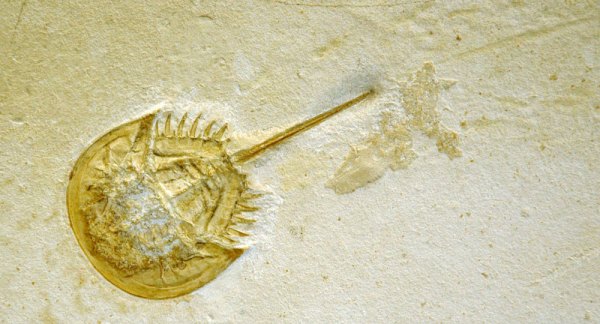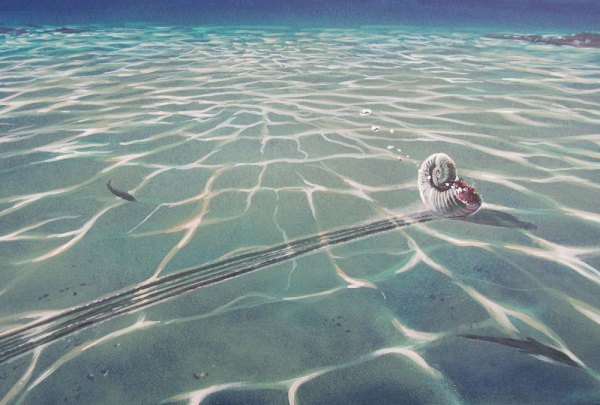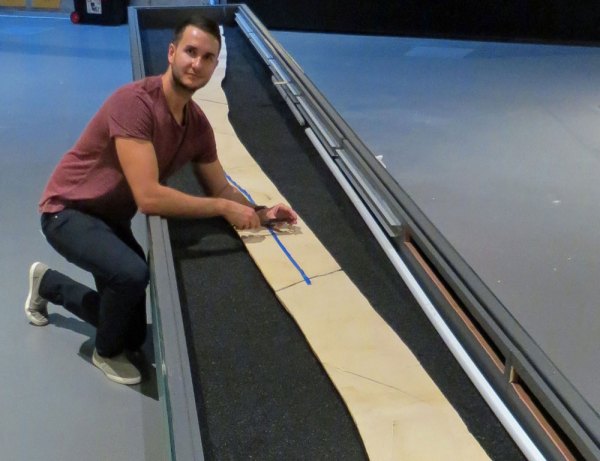The rise of the Necromancer: A profile of the Master of Death, Dean Lomax
This is the version of an interview posted on Discover Magazine, prior to editing. I like this version a bit more due to the personal touch.
Besides beloved childhood pets, once an animal is dead we usually prefer it to stay that way. However, there is a nostalgic beauty in being able to see what extinct animals would have been like when as living, breathing organisms. There have been entire franchises dedicated to this, and the dream of ‘de-extinction’ is not that far from becoming a scientific reality.
But resurrecting animals from the dead isn’t just an eccentric billionaire’s science fiction dream. It’s also a very real part of science. Paleontologists have the slightly weird professional hobby of studying long extinct animals, in the hopes of ‘resurrecting’ the history of life on Earth. Creative juices are allowed to flow when it comes to picturing what animals like dinosaurs, the dodo, or giant insects would have looked like, how they behaved and the ecosystems they interacted with.
However, most fossils, including dinosaur skeletons, really only tell us what an animal was like when it died. If you want to know what an animal looked like, how it behaved and acted when it was alive, you have to dig deeper.
Dean Lomax, an Honorary Visiting Scientist at The University of Manchester, has been captivated by the study of extinct animals since he could pick up a rock hammer. Recently, he discovered an 8.5m long ammonite ‘drag mark’ from the Jurassic limestones of Bavaria, which tell us that even in death, nature can be a cruel mistress. We spoke with Dean to uncover more of his story.
When did your fascination with dead things begin?
From as far back as I can remember, I’ve had a passion and interest for all things palaeontology. All I ever wanted to be was a palaeontologist. I collected fossils, read books, and watched TV programmes on the subject. Many thought I was strange for collecting long, dead animals, but I found it fascinating.

For Dean, the traditional route into science just didn’t seem for him. He did not do an undergraduate degree, as is generally required for all professional scientists these days. Dean allowed his love for fossils and his keen critical eye for research to elevate himself beyond the need for this.
His portfolio is strongly reflective of this perfect blend of savvy professional and passionate citizen. Dean has authored two popular books on British fossils (including the 400+ page Dinosaurs of the British Isles), is the patron the UK Amateur Fossil Hunters organisation, has made numerous cameo appearances in the media, and even has his own TV series in the UK, Dinosaur Britain. Alongside this, he has published numerous high profile research papers, especially on Jurassic ichthyosaurs, even naming a new species in 2015 after the infamous British fossil hunter, Mary Anning.
Dean has also won the impressive award for the SET for Britain event in 2015, held in the UK Houses of Parliament, where he presented his research to Parliamentary peers. Shortly after, Dean was also awarded the prestigious Marsh Award for Palaeontology for ‘unsung heroes’ to the field, whose outstanding efforts have not otherwise been formally recognised.

Dean began to show off his credentials even more in 2016, being awarded the Edward Forbes Prize by the Palaeontographical Society in the UK for his exceptional contributions to the field. More recently, Dean was given the title of ‘Local Hero’ by the UK’s Royal Society ‘Local Heroes Scheme’. This scheme aims to engage the public with science and highlight the influence that scientists have had on local communities.
What is your fascination of trying to raise animals from the dead?
It’s important to bring long extinct animals back to life – metaphorically speaking, of course, – so that through examination and study we can reconstruct what these animals would have looked like and what their environments would have been like. With fossils, there is life in death.
Dean boasts the discovery of the world’s longest death track, which are referred to as ‘Mortichnia’, meaning ‘death march’. This almost 10m long trackway even had the dead remains of the horseshoe crab that created it at the end, making it one of the best fossils of a dying animal ever. The track tells us that the hapless horseshoe crab was flung to the bottom of a lagoon during a storm, landing on its back before righting itself, and then wobbled off into the poisonous, oxygen-poor bottom waters before succumbing to a rather painful demise.

You seem to be obsessed with studying the last dying minutes of animals. Are you sick?
Ha-ha, a little, I’m sure. Seriously though, I find these fossils very intriguing. Specimens such as the horseshoe crab Mortichnia are some of the most improbable fossils ever. They capture the final moments of an animal before it died, moments that are captured in time. I know that sounds sick, but it provides palaeontologists with so much information about the animal, the trace it left behind, and the environment in which the animal was found. Studying behaviour in the fossil record is one of the most difficult things, after all we’re studying the remains of extinct animals, so fossils like this provide us with so much more.
The ammonite ‘death drag’ is perhaps stranger still. It was probably created by an empty or near-empty shell that retained some gas – so does not reflect behaviour. Ammonites have a series of gas chambers, which they used to move up and down. So, we think that some gas must have remained in the shell, which meant it did not simply fall over when it hit the bottom of the lagoon. This also means the environment was probably very calm, with a steady current. The current then gently pushed the ammonite shell along the bottom of the lagoon.
Dean’s passion for Paleontology has led him to become an ambassador for the field, with international standing and expertise as a professional researcher and a prominent communicator in his own right. While at the University of Manchester, he completed an MPhil, a highly-valued achievement in its own right, but a unique accomplishment for someone without a traditional undergraduate degree.
His story importantly shows that a non-traditional route into science, and choosing to go above and beyond normal duties, can elevate you to an impressive standing. The message is that a degree and a PhD does not make you a scientist – a dedication to unlocking the mysteries of the universe does.
What does the future hold for your necromantic skills?
I’m still visiting collections, searching through thousands of fossils looking for the next specimen that will pique my interest. Although, I do have a few interesting studies coming out soon, one of which resurrects a species from the dead! Again, not physically, but a species of ichthyosaur that was wrongly cast aside but which is in fact different to all known species. I also have another book in the works, but more on that in the future!

One thought on “The rise of the Necromancer: A profile of the Master of Death, Dean Lomax”